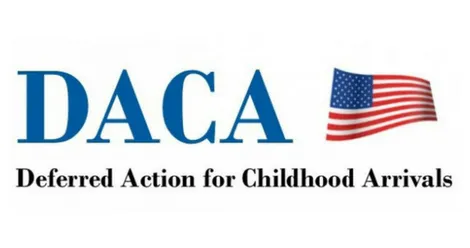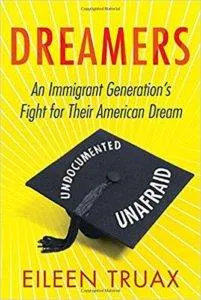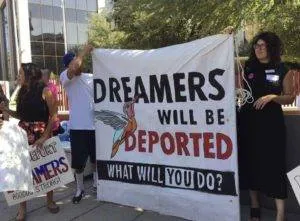
DACA and DREAMERS: A Fast Fact Reading List
This content contains affiliate links. When you buy through these links, we may earn an affiliate commission.
Rioters, you’ve probably seen a lot of information on your feeds about DACA and DREAMers, especially since Attorney General Jeff Sessions recently announced that the current administration is going to shut down DACA. But what is DACA? Who are the DREAMers? And how, with all the misinformation, fear, and hate out there can you possibly figure it out?
Fortunately, I’ve created a Fast Fact Reading List of (mostly) primary government sources for you. If you read this article and click on the relevant links to transcripts from speeches, government memoranda, and bills, then you’ll know the bare minimum facts to acquaint you with this issue.













